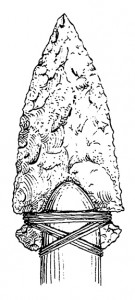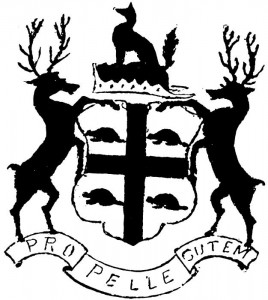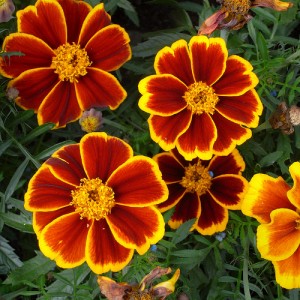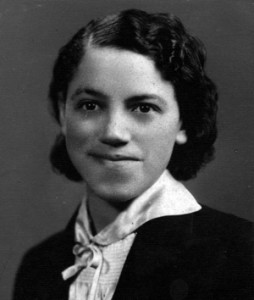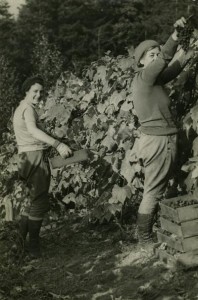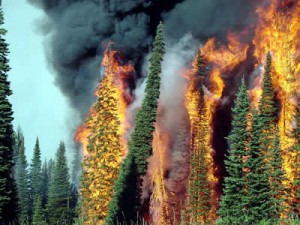 The Clear Cut Future. Edited by Clear Cut Press (Astoria, Oregon: Clear Cut Press, 2003. 528 p.)
The Clear Cut Future. Edited by Clear Cut Press (Astoria, Oregon: Clear Cut Press, 2003. 528 p.)
Recommendation submitted by:
Will Stuivenga, Cooperative Projects Manager, Washington State Library, Tumwater, WA.
This is a most peculiar book, to misquote singer songwriter Paul Simon. First off, there’s its unusual size: 5 ¾ inches by 4 inches, and about an inch thick. Second, the contents. The book is a wild mélange of essays, criticism, short stories, excerpts from novels, poetry, photo essays, and the like by a variety of authors, whose only commonality appears to be that they are mostly from the Pacific Northwest, although that is never stated, and may not even be true. But many of the items contained in the book have NW settings, themes, or connections.
The quality of the various components arbitrarily concatenated here also varies wildly. The most entertaining and thought provoking include the title piece, which is a photo essay by Robert Adams, Corrina Wycoff’s short story “The Adjunct” and Pravin Jain’s essay “Capitalism Inside an Organization.” The latter provides an insightful glimpse into the workings of the Enron Corporation and some of its NW connections. “The Adjunct” describes the nightmarish existence of an instructor of first-year college writing courses who has to shuttle from campus to campus with never enough hours to complete her work, all to earn a barely subsistence-level “living.” The “Clear Cuts” photography consists of photos depicting exactly what the title says.
Also rich in NW verismo is Casey Sanchez’s “As Bad as It Comes, as Good as It Gets: Canning Salmon in Alaska,” which describes the social and economic phenomena, as well as the actual day to day rigors of traveling to the north country and working in a fish packing plant. The least readable, for me personally, were the academically absurdist writings of The Office for Soft Architecture.
If you are a fan of anything and everything NW, or if you like experimental writing and the good old fashioned avant-garde, you’ll definitely want to check out this book. Otherwise, you needn’t bother.
ISBN: 0-9723234-1-4






